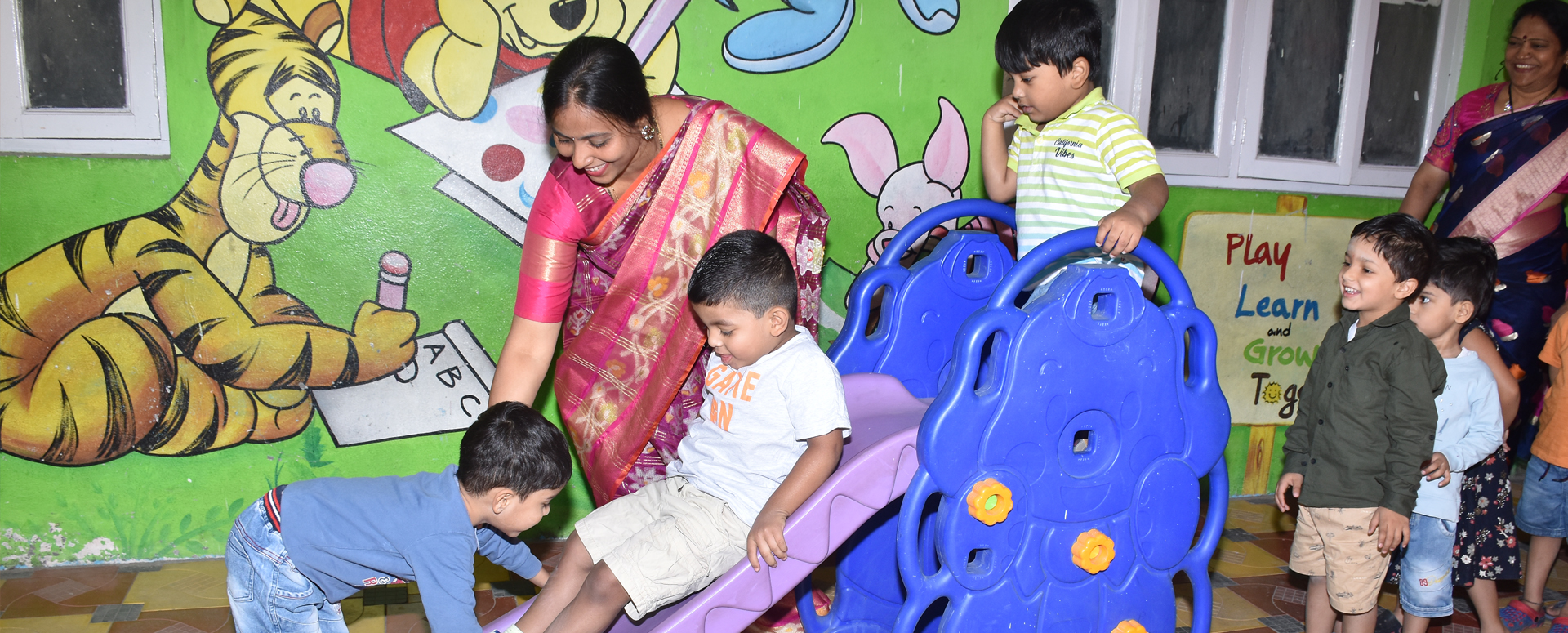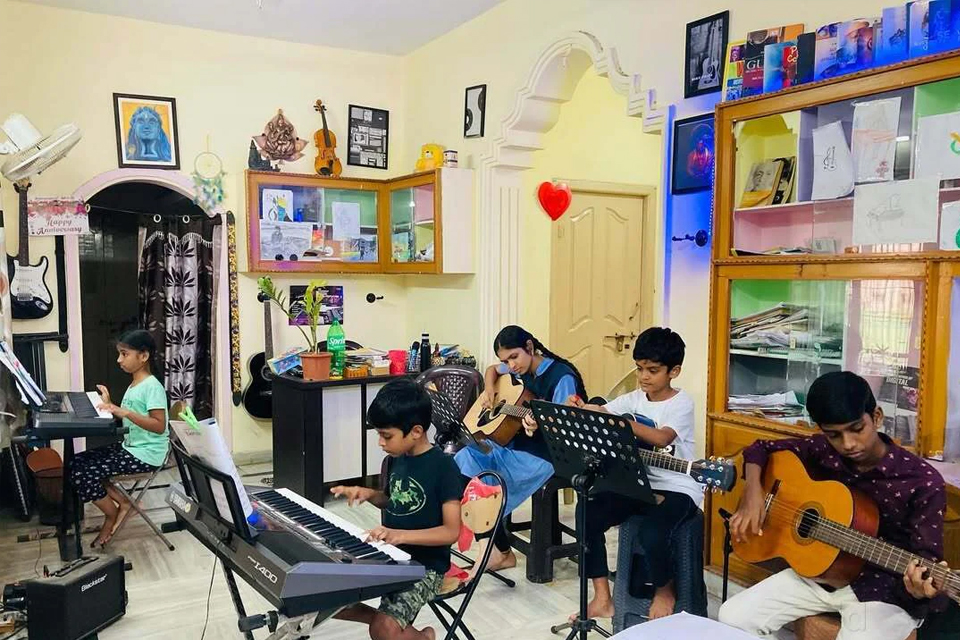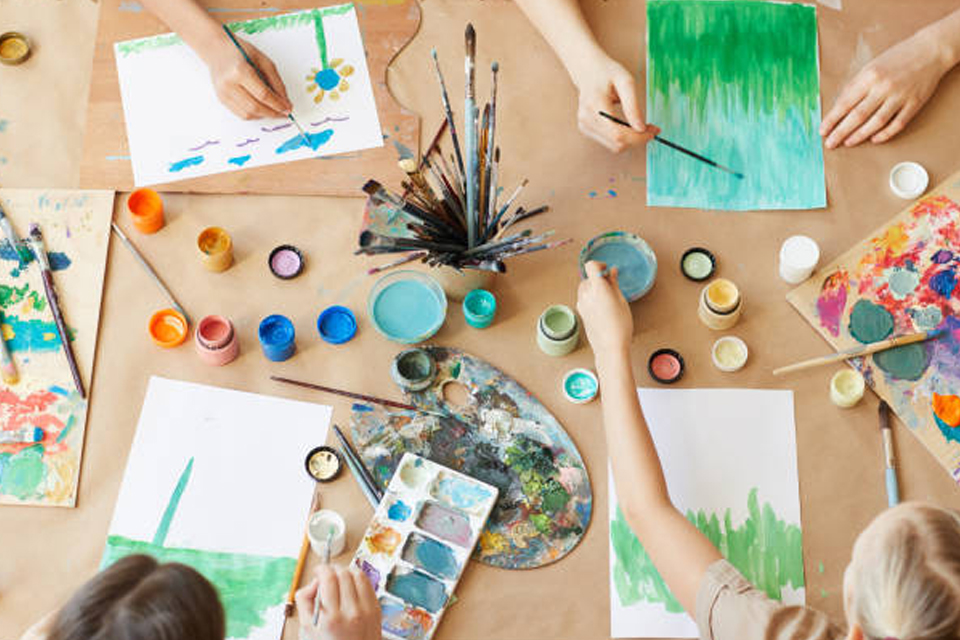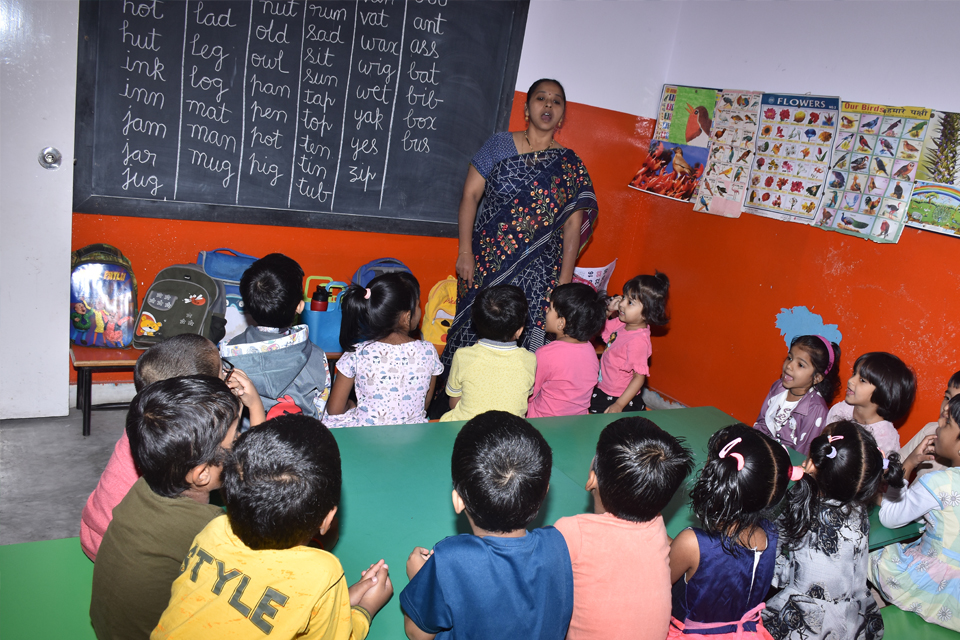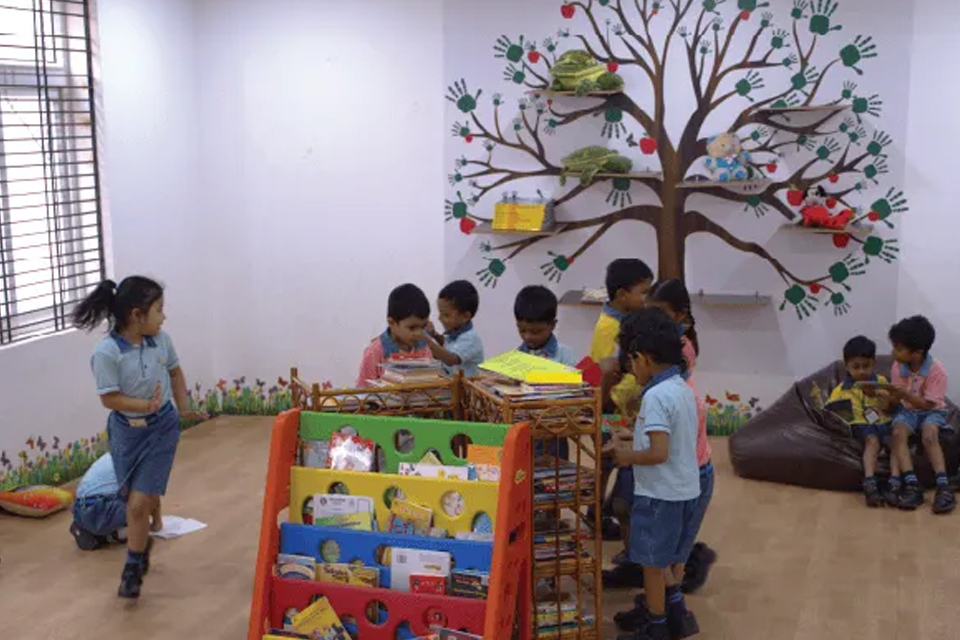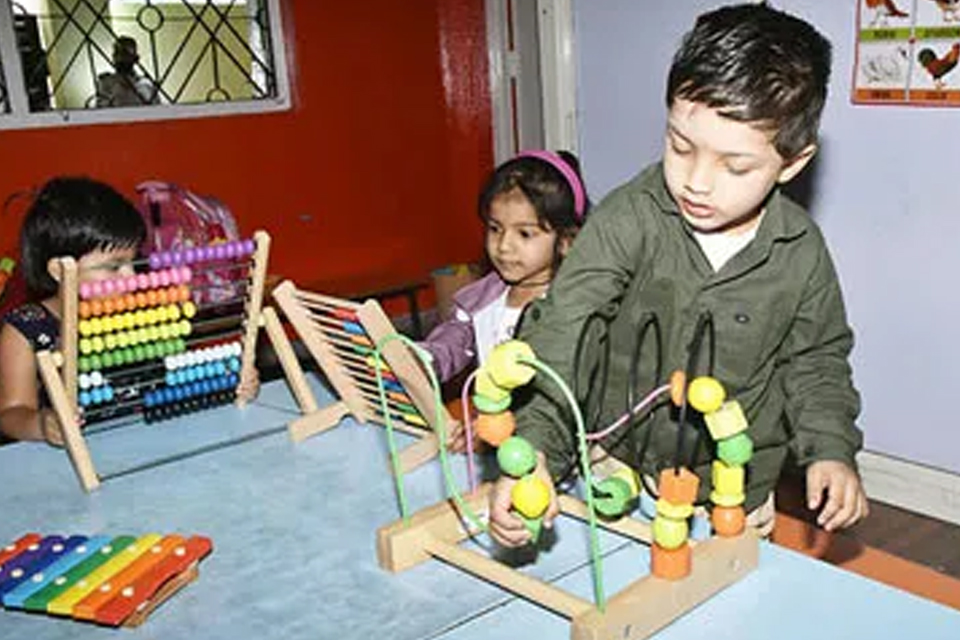Break Time detail
Break time in primary schools plays a vital role in the daily routine of young learners. During these moments, students step away from their lessons to recharge their minds and bodies. A break allows children to shift their focus from academic tasks to more playful and social activities. It is an important time when they can express themselves freely, foster friendships, and engage in physical play. This time outdoors or in designated areas can inspire their creativity and help them develop essential social skills.
The environment during break time is generally lively and filled with laughter. Children can be seen playing games, running around, or simply enjoying conversations with their classmates. Teachers often supervise to ensure a safe and enjoyable experience for everyone. These short breaks provide an essential counterbalance to the structured learning that occurs in the classroom. By allowing children to play, it promotes not only physical health but also emotional well-being. Such moments are critical as they help reduce stress and anxiety associated with schoolwork.
In addition to physical play, break time serves as an opportunity for students to practice important life skills. When engaging in group games or sharing toys, children learn how to cooperate, communicate, and resolve conflicts. These experiences are foundational for lifelong social interactions. Through play, they understand the importance of teamwork, patience, and empathy as they navigate their relationships with peers. It teaches them how to celebrate wins together and handle disappointments gracefully, fostering resilience and independence.
Furthermore, break time supports cognitive development by enhancing attention spans. Research indicates that learners who take regular breaks are better able to focus on tasks once they return to structured activities. The mental rest allows for better retention of information and improves overall cognitive functioning. As a result, children return to their lessons refreshed and ready to learn. Breaking up the academic day with scheduled times for fun and relaxation can enhance the educational experience, making school a more enjoyable and productive place.
Lastly, schools often use break time to cultivate a positive school culture. By organizing social activities or games during this time, schools create an inclusive environment where children feel valued and connected. This sense of community can contribute to higher morale among students, leading to a more harmonious school atmosphere. Teachers and school staff can also use this time to engage in casual interactions with students, building stronger relationships. Overall, break time is not just a pause in the school day; it is a significant part of holistic education that aids in the all-around development of primary school children.

